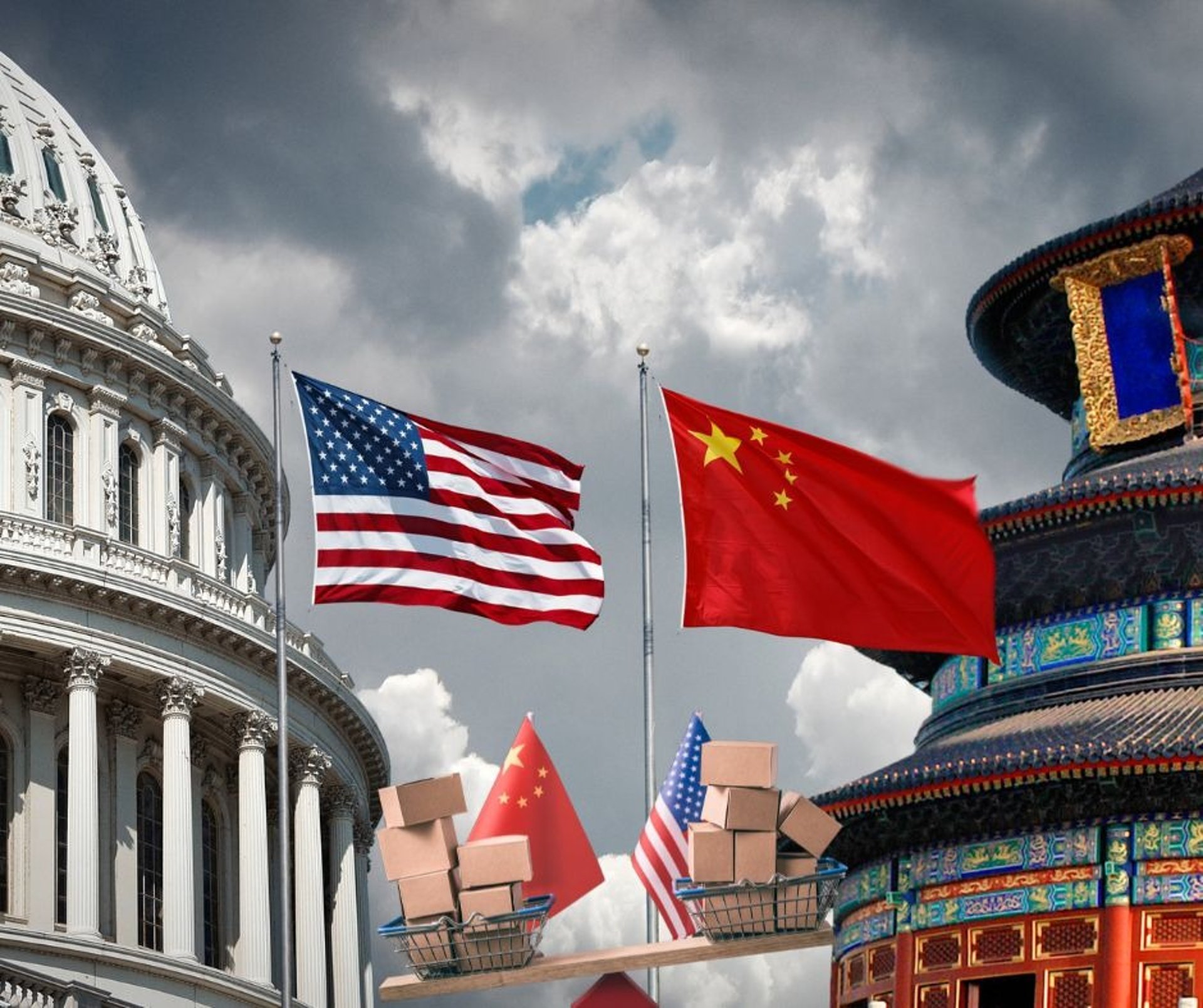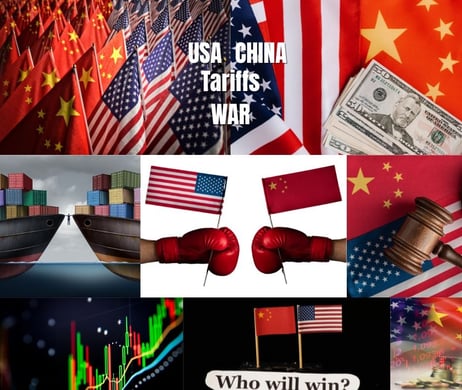
Navigating the Future: What Lies Ahead for U.S. Tariffs on Chinese Goods
INTERNATIONAL TRADE & TRADE POLICIES
GlobalSetu Enterprise [V.S.V]
5/14/20253 min read


Over the past few years, the U.S.-China trade relationship has been one of the most closely watched topics in global economics. In the midst of ongoing negotiations and trade tensions, policymakers introduced a 90-day tariff reduction period aimed at easing pressures and jumpstarting dialogue. As this window nears its end, industry experts, officials, and businesses alike are asking: What happens next?
A Brief History of the U.S.-China Tariff War
Since the onset of the trade conflict, the U.S. government has imposed tariffs on billions of dollars of Chinese imports. The initial tariffs were set as a tool to counteract trade imbalances and to pressure China into addressing issues like intellectual property rights and market access. In response, China applied tariffs on American goods, igniting a tit-for-tat escalation that affected industries worldwide.
The 90-Day Tariff Reduction: What Was Achieved
In an effort to de-escalate tensions, the U.S. administration initiated a 90-day period during which tariffs on many Chinese goods were reduced—from levels as high as 145% in some cases to around 30%. This temporary reduction was designed to give both sides breathing room to negotiate a broader trade agreement. During this period, numerous USTR representatives and trade experts acknowledged that the move was intended as a goodwill gesture, albeit one designed to keep pressure on China to comply with American trade demands.
Official Statements: Voices From the Top
Officials from both sides have been vocal about the implications of the current arrangements and the uncertain future:
U.S. Administration: In several press briefings, U.S. officials indicated that the tariff cuts were temporary. Former President Donald Trump stated that if broader trade reforms were not agreed upon by the end of the grace period, the tariffs “will return, and possibly at significantly higher rates”—a warning that underscored the administration’s readiness to escalate if negotiations stalled. While exact post-90-day figures were not confirmed, some reports suggested that the tariffs could jump considerably—some even speculating figures as high as 115% on certain goods.
U.S. Trade Representative (USTR): An official from the USTR noted, “The current reduction should be viewed as a pause—a brief interlude pending further negotiations. We remain committed to protecting American economic interests, and that means being prepared to reinstate higher tariffs if necessary.”
Chinese Officials: On the other side, Chinese trade representatives have warned that any abrupt return to higher U.S. tariffs could trigger severe retaliatory measures, affecting not just bilateral trade figures but also global supply chains. They emphasized the importance of reaching a mutually beneficial long-term agreement to avoid further disruptions.
What Happens After 90 Days?
As the 90-day period draws to a close, uncertainty looms large. Here are some of the scenarios being discussed:
Tariff Reinstatement: If no comprehensive trade agreement is struck, U.S. tariffs are expected to rebound to previous levels—or possibly even higher. While the current reduction sits at about 30%, experts warn that the original tariffs, and potentially new higher rates, might be reimposed.
Negotiated Settlement: Optimists within both administrations speculate that the cooling-off period might yield further concessions at the negotiating table. A renewed deal could see more moderate tariffs or alternative mechanisms to address trade imbalances.
Market Impact: For businesses importing from China, the return of higher tariffs could lead to increased costs, supply chain disruptions, and ultimately higher consumer prices. Companies are advised to brace for volatility and explore options such as alternative sourcing or local manufacturing partnerships.
The Global Ripple Effect
The outcome of these tariff adjustments isn’t just a U.S.-China story—it ripples across global markets. Businesses around the world need to monitor these developments closely, as shifts in trade policy can influence currency values, global supply chains, and economic forecasts. Stakeholders in sectors such as electronics, automotive parts, and consumer goods are particularly vulnerable to these change
Conclusion
The 90-day tariff reduction was always meant to be a temporary measure—a chance to ease tensions while paving the way for deeper negotiations. However, as deadlines approach, the possibility of a tariff spike looms large. With official statements from the U.S. administration emphasizing a return to higher tariffs if no deal is reached, and Chinese officials warning of harsh market repercussions, the stakes remain high.
For businesses and investors alike, staying informed and agile will be key. As discussions continue, it’s crucial to watch for any formal announcements. Whether the future brings a new trade agreement or an escalation in tariffs, one thing remains clear: the U.S.-China trade war is far from over, and its outcome will shape global commerce for years to come.
Navigating the Future: What Lies Ahead for U.S. Tariffs on Chinese Goods
GlobalSetu Enterprise
"A Bridge to Global Prosperity"
Mumbai, Maharashtra, India
We’re Here to Help! At GlobalSetu Enterprise, we value communication and collaboration. Whether you have questions about our products and services, want to discuss business opportunities, or simply wish to say hello don’t hesitate to reach out!